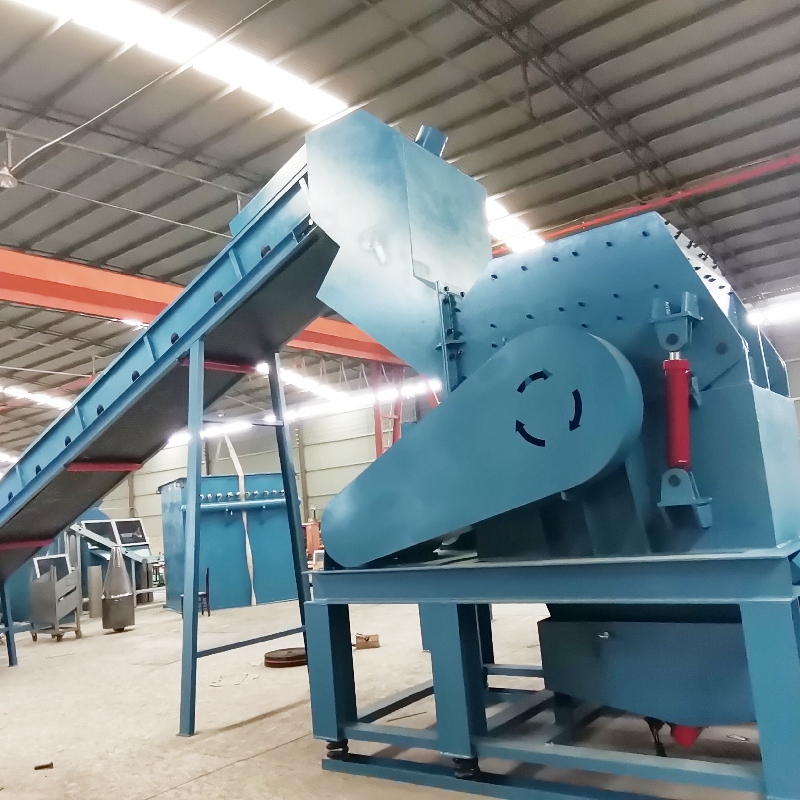

נוב . 07, 2024 07:00 Back to list
The Importance of Scrap Processing Plants in Sustainable Recycling
In an era characterized by environmental concerns and resource scarcity, the significance of scrap processing plants cannot be overstated. These facilities play a critical role in the recycling industry, serving as essential nodes in managing waste materials and transforming them into reusable resources. By understanding the processes involved in scrap processing, we can appreciate their contribution to sustainability and the benefits they provide to society.
At its core, a scrap processing plant is designed to handle various types of waste materials, primarily metals, plastics, and electronics. The first step in the scrap processing journey involves the collection of scrap materials, which can arise from numerous sources, including manufacturing waste, end-of-life products, and construction debris. Once collected, these materials are transported to the processing facility, where they undergo a meticulous sorting process.
Sorting is arguably one of the most critical stages in scrap processing. It involves categorizing materials according to their type and grade, which is crucial for ensuring that the recycling process is efficient and produces high-quality recyclables. Technologies such as magnetic separators, shredders, and advanced conveyor systems are employed to streamline this process. By effectively sorting materials, plants can maximize the recovery of valuable resources while minimizing contamination, which can lower the quality of the recycled products.
After sorting, the next step is the processing of the scrap materials. This phase includes various methods like shredding, granulating, and melting, depending on the material type. For instance, metals are often melted down at high temperatures, allowing for the removal of impurities and the production of molten metal that can be poured into molds for new products. On the other hand, plastic materials may go through a more complex process involving shredding and reconstituting into pellets, which can then be molded into new items. This transformation not only diverts waste from landfills but also reduces the reliance on virgin materials, leading to lower energy consumption and fewer greenhouse gas emissions.

One of the significant advantages of scrap processing plants is their economic impact. By recycling materials, these plants contribute to a circular economy where resources are kept in use for as long as possible. This not only creates jobs in the recycling sector but also supports industries that rely on recycled materials, thus fostering a sustainable economic environment. Additionally, recycling materials often proves to be more cost-effective than sourcing new raw materials, providing an added incentive for manufacturers to utilize recycled products.
Furthermore, scrap processing plants play a vital role in addressing global environmental challenges. The accumulation of waste materials poses threats to ecosystems and public health. By facilitating the recycling of scrap, these plants help reduce the volume of waste generated and minimize the adverse effects of pollution. The proper processing of electronic waste, for example, is particularly crucial as it contains hazardous materials like lead and cadmium, which can leach into the environment if not handled correctly. Efficient scrap processing mitigates these risks by ensuring that harmful substances are properly extracted and managed.
As the demand for sustainable practices grows, the role of scrap processing plants will become increasingly important. Innovations in technology, such as artificial intelligence and automation, are expected to enhance the efficiency of sorting and processing operations. These advancements will allow plants to handle larger volumes of scrap while maintaining high standards of quality and safety.
In conclusion, scrap processing plants are integral to the ambitious goal of creating a sustainable future. They provide essential services that enable the recycling of valuable resources, stimulate economic growth, and protect the environment. As we continue to navigate the complexities of waste management and resource conservation, the importance of these facilities will only increase. By recognizing and supporting the work of scrap processing plants, we can collectively strive toward a more sustainable and responsible approach to resource management.
Latest news
Troubleshooting Common Eddy Separator Problems
NewsJul.04,2025
The Role of Metal Recycling Plants in Circular Economy
NewsJul.04,2025
The Impact of Recycling Line Pickers on Waste Management Costs
NewsJul.04,2025
Safety Features Every Metal Shredder Should Have
NewsJul.04,2025
How Industrial Shredders Improve Waste Management Systems
NewsJul.04,2025
How Cable Granulators Contribute to Sustainable Recycling
NewsJul.04,2025